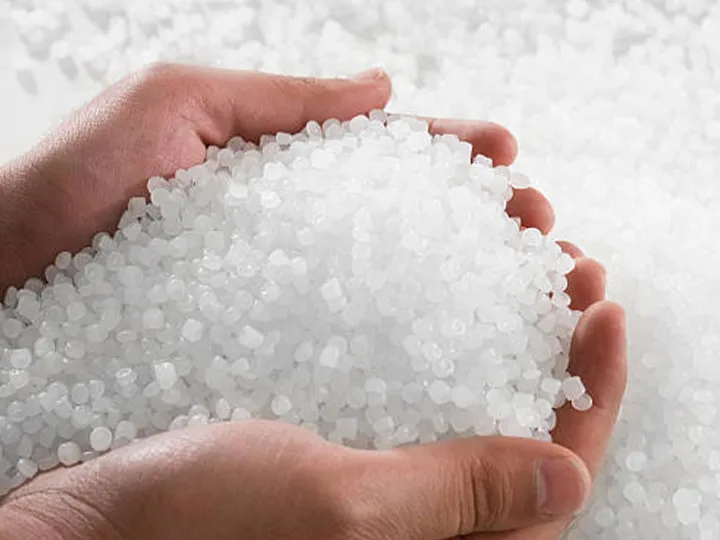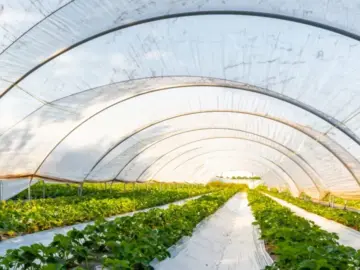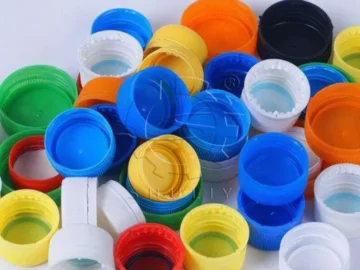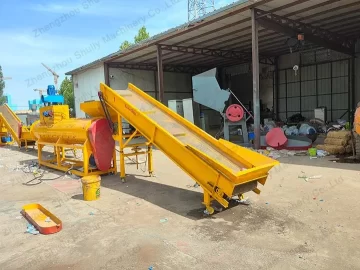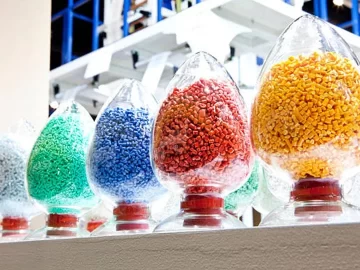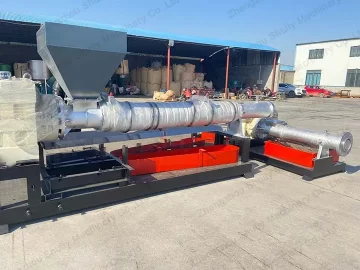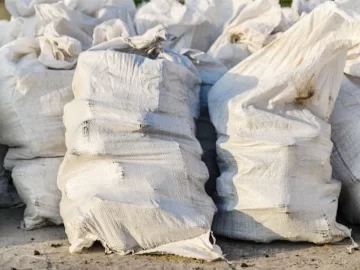Os plásticos são um material utilizado em uma ampla gama de indústrias, mas a gestão de seus resíduos tem sido uma questão ambiental global. Para reduzir o impacto ambiental dos resíduos plásticos, a extrusão de plásticos surgiu como um método eficaz de reciclagem e reutilização. Então, quais plásticos podem ser extrudados? Qualquer material plástico pode ser extrudado?
Tipos de materiais para extrusão de plástico
- Polietileno (PE): O polietileno é um tipo comum de plástico que é classificado em polietileno de baixa densidade (LDPE) e polietileno de alta densidade (HDPE). Eles têm diferentes propriedades físicas e podem ser usados para diferentes aplicações. Por exemplo, o HDPE é adequado para a fabricação de garrafas e recipientes.
- Polipropileno (PP): O polipropileno é outro plástico comum utilizado na fabricação de embalagens para alimentos, fibras e peças de automóveis, entre outros.
- Cloreto de Polivinila (PVC): O PVC é comumente utilizado para isolamento de fios, encanamento e materiais de construção. Está disponível em variantes rígidas e flexíveis conforme a necessidade.
- Poliestireno (PS): O PS é amplamente utilizado na fabricação de copos de espuma, recipientes para alimentos e embalagens para eletrônicos.
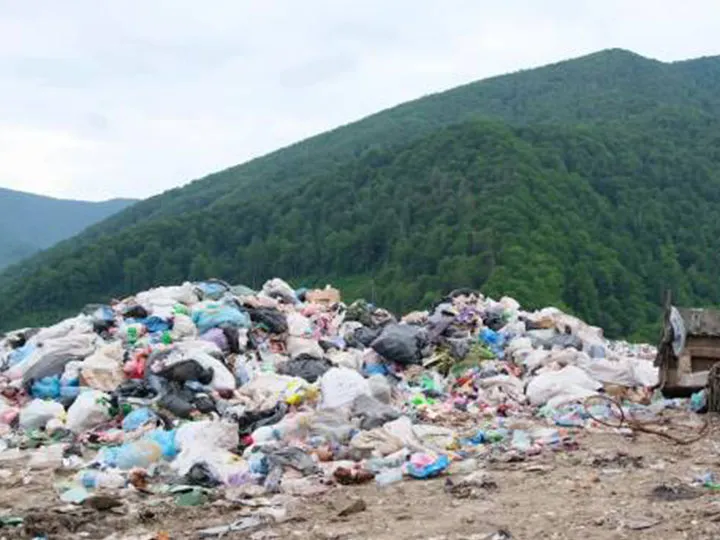

Materiais comuns para extrusão de plástico
Todos os plásticos extrudados podem ser reforçados com reforços, aditivos e enchimentos para alcançar as propriedades desejadas do material e reduzir custos.
- Reforços são uma modificação comum que é adicionada aos plásticos para aumentar sua resistência, rigidez e resistência ao desgaste. Esses reforços são geralmente fibrosos, como fibras de vidro, carbono ou aramida, que podem formar uma estrutura de malha no plástico, aumentando as propriedades mecânicas do material.
- Os aditivos são outra modificação comum e são usados para aumentar o volume do plástico, reduzindo assim os custos de matéria-prima. Os aditivos comuns incluem materiais em pó, como fumaça de sílica, carbonato de cálcio ou partículas cerâmicas. A adição de aditivos pode alterar a densidade e o fluxo do plástico, além de proporcionar melhor resistência à abrasão e condutividade térmica em algumas aplicações.
- Os aditivos são outra forma utilizada para melhorar o desempenho dos plásticos, podendo ajustar as propriedades do material, como resistência à oxidação, resistência às intempéries, retardância à chama, etc. Os aditivos podem ser estabilizadores, pigmentos, antioxidantes ou outros produtos químicos que podem ser formulados de forma precisa para atender às propriedades desejadas.
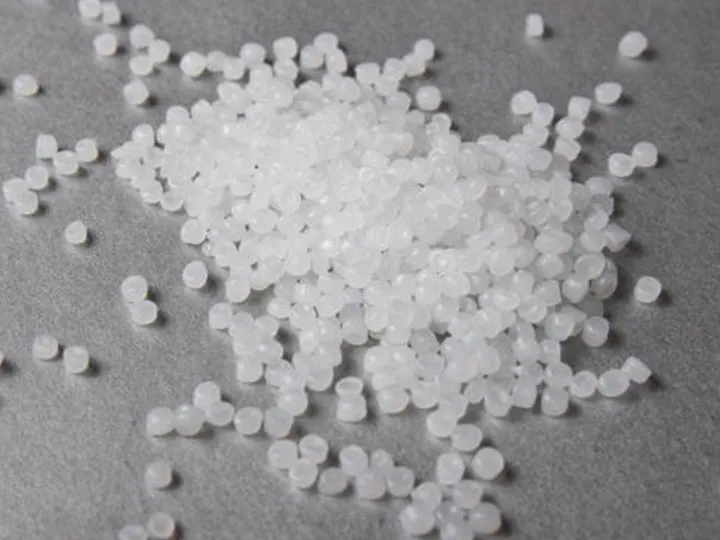
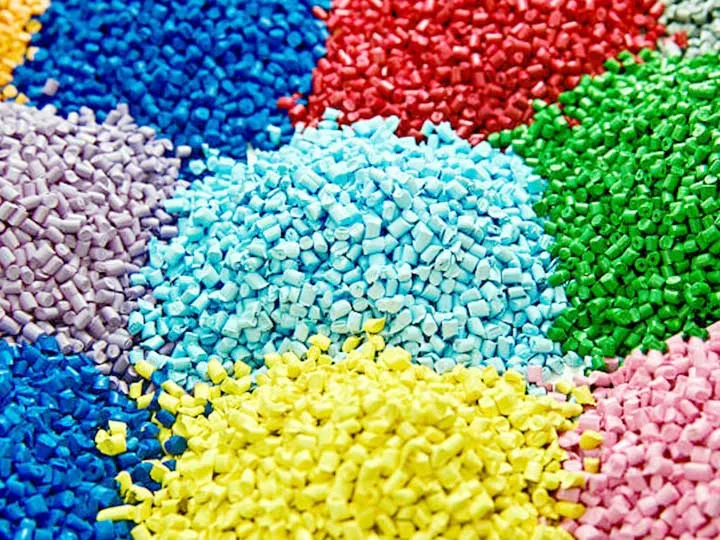
Como escolher materiais para extrusão de plástico
Escolher o material de extrusão plástica correto é crucial, pois diferentes plásticos possuem propriedades e características diferentes. Aqui estão alguns pontos-chave a serem considerados ao selecionar um material de extrusão plástica:
- Requisitos de aplicação: Primeiro, determine os requisitos da sua aplicação. Considere fatores como a resistência do material, resistência química e estabilidade térmica.
- Reciclabilidade: Se você se preocupa com o meio ambiente, escolha plásticos que são recicláveis, como o PET. Isso ajuda a reduzir o desperdício e o desperdício de recursos.
- Considerações de custo: Diferentes tipos de plásticos têm preços diferentes. Escolha o plástico certo de acordo com o seu orçamento. Se estiver interessado no preço da máquina de pelletização de plástico, fique à vontade para deixar uma mensagem através do site ou entrar em contato conosco diretamente, nosso gerente de vendas profissional informará você sobre os detalhes da máquina de pelletização de plástico.
- Requisitos de processamento: Considere quão difícil é processar o plástico e o equipamento necessário. Alguns plásticos podem exigir equipamentos e processos especiais.
Como o plástico é extrudado
- Coleta e preparação: Produtos plásticos descartados são coletados e submetidos a um processamento inicial, como a remoção de contaminantes e impurezas.
- Corte e trituração: Produtos plásticos são cortados em pequenos pedaços ou em pó para processamento adicional.
- Extrusão: O plástico cortado é aquecido e comprimido por meio de máquina extrusora de plástico para fazer um derretimento homogêneo com boa plasticidade.
- Peletização: O material fundido é resfriado através de um molde e cortado em pellets para formar os grânulos plásticos finais.
- Embalagem e armazenamento: Os pellets plásticos são embalados e armazenados para uso futuro.
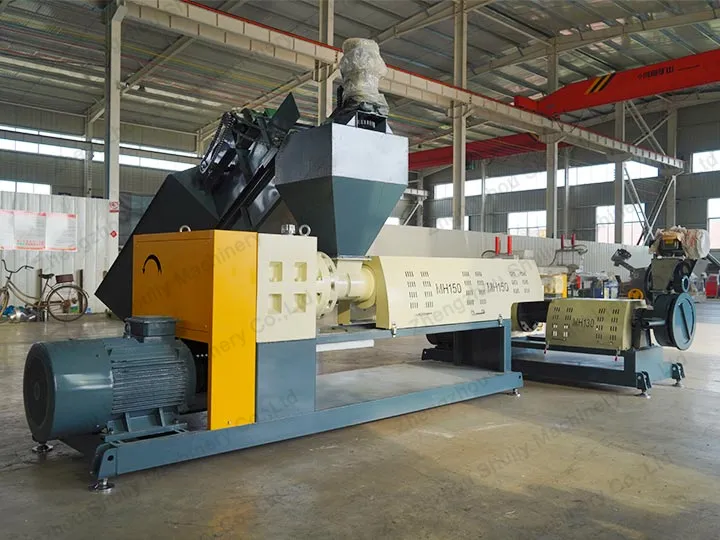

Escolher os materiais de extrusão de plástico certos é fundamental para alcançar uma gestão sustentável de resíduos plásticos. Diferentes tipos de plásticos são adequados para diferentes aplicações, portanto, deve-se ter cuidado ao selecionar os materiais. Com o processo certo, os resíduos plásticos podem ser reutilizados, reduzindo o impacto no meio ambiente e contribuindo para o desenvolvimento sustentável. Os materiais de extrusão de plástico desempenham um papel importante no processo de peletização de plástico e sua seleção e manuseio terão um impacto direto na qualidade e sustentabilidade do produto final.
